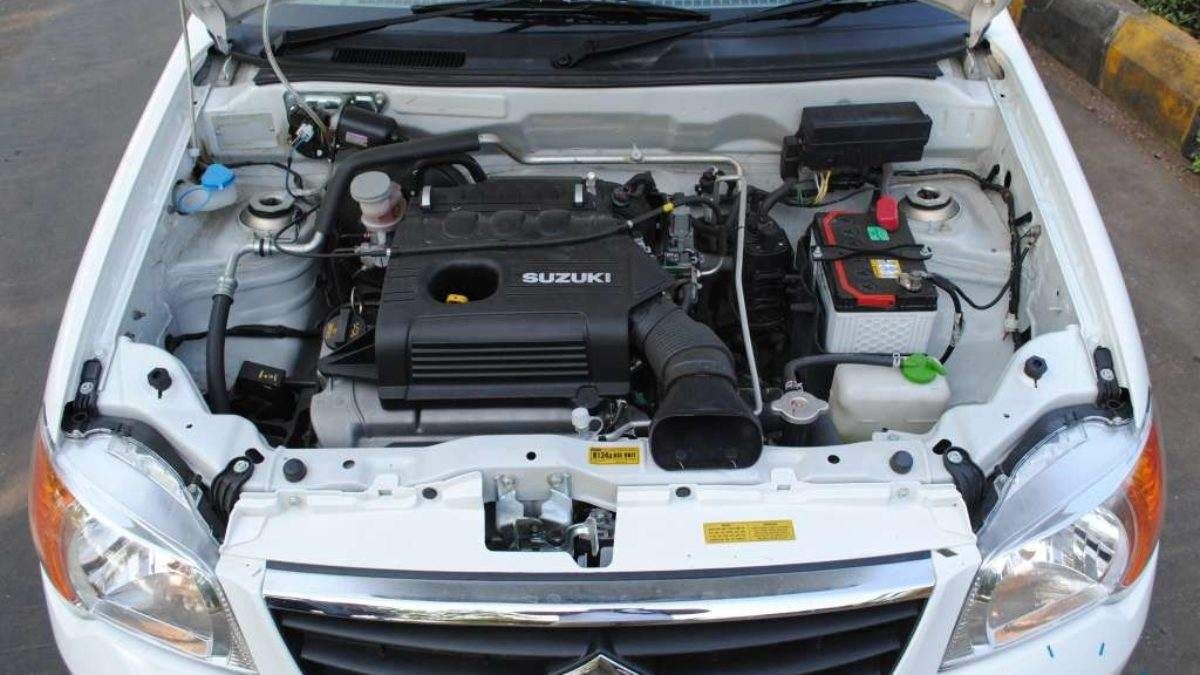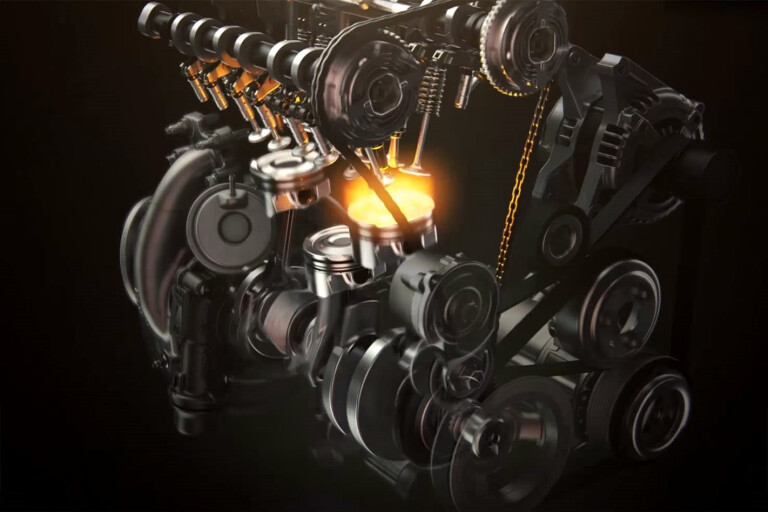Locate Engines for Africa Conveniently at Our Convenient Auto Parts Store
Locate Engines for Africa Conveniently at Our Convenient Auto Parts Store
Blog Article
The Pursuit for Ultimate Driving Power: Investigating the Peak of Engine Efficiency and Technological Innovations in the Automotive Sector
In the realm of automobile engineering, the pursuit of maximum driving power has been a relentless mission that has unravelled with the evolution of engine layout and the assimilation of innovative innovations. From the meticulous workmanship of combustion engines to the quick developments in electrical propulsion systems, the automotive market stands at the cusp of a brand-new period defined by extraordinary performance abilities. As engineers and scientists delve much deeper right into the worlds of computational liquid characteristics and discover cutting-edge gas innovations, the perspective of possibilities expands tremendously. Remain tuned as we unwind the complex tapestry of technological innovations that are shaping the future of automobile power and efficiency.
Development of Engine Layout

Additionally, the integration of turbocharging and supercharging technologies has changed engine layout by boosting power without dramatically enhancing engine size. These forced induction systems press the consumption air, permitting even more fuel to be combusted, consequently creating better power output from a smaller engine. This development has been especially vital in boosting the efficiency of smaller sized variation engines while preserving fuel effectiveness requirements.

Performance-Enhancing Fuel Technologies
The application of advanced gas technologies has significantly added to boosting engine performance in modern-day vehicles. From standard gasoline and diesel to ingenious biofuels, artificial fuels, and hydrogen, the vehicle sector is seeing a change in gas choices. Biofuels, derived from eco-friendly sources like algae, sugarcane, or corn, offer boosted and decreased emissions engine efficiency. Synthetic gas, created via chemical procedures, give high octane ratings, improving power outcome. Hydrogen gas cells, although still in the onset of adoption, reveal terrific assurance because of their zero-emission nature and possibility for high efficiency. Additionally, fuel ingredients and detergents are being formulated to clean engine parts, optimize burning, and minimize rubbing, consequently enhancing general automobile efficiency. With continuous research and advancement, the mission for the supreme driving power continues, as engineers strive to unlock the complete potential of performance-enhancing fuel innovations in the vehicle industry.
Developments in Electric Propulsion
Substantial strides in electrical propulsion modern technology have revolutionized the automotive industry, leading the way for a new period of reliable and sustainable transportation. Electric lorries (EVs) are getting popularity due to their ecological benefits and advancements in battery technology, making it possible for longer driving varieties and shorter billing times. Suppliers are investing heavily in r & d to enhance the performance of electrical propulsion systems, concentrating on raising power result, enhancing power efficiency, and decreasing total weight.
One remarkable breakthrough in electric propulsion is the development of advanced electrical motors that supply greater torque and power thickness, leading to enhanced acceleration and general driving performance. Additionally, regenerative braking systems have been fine-tuned to catch and keep power throughout deceleration, further increasing the efficiency of EVs.
Furthermore, the combination of smart technologies, such as synthetic intelligence and anticipating analytics, is maximizing the monitoring of electrical propulsion systems, making certain optimal performance under different driving problems. These developments in electrical propulsion are reshaping the automotive landscape, driving the market towards a much more sustainable and energized future.
Influence of Computational Liquid Dynamics
With improvements in electrical propulsion pushing the limits of vehicle modern technology, the assimilation of Computational Fluid Characteristics is playing a crucial duty in enhancing aerodynamic efficiency and enhancing general efficiency in lorry style. Computational Fluid Dynamics (CFD) involves using computer simulations to analyze the circulation of air around a vehicle, enabling engineers to predict just how layout modifications will impact aerodynamics without the demand for expensive physical models. By precisely modeling air movement patterns, CFD enables the refinement of automobile forms to reduce drag, enhance air conditioning, and boost security.
CFD makes it possible for designers to enhance airflow around elements such as radiators, engine bays, and wheel wells, contributing to boosted performance and overall driving experience. In verdict, the assimilation of Computational Liquid Characteristics stands for a significant step useful content ahead in the mission for utmost driving power and effectiveness in the auto market.
Future Patterns in Engine Advancement
In the vibrant landscape of automotive engineering, advanced developments are forming the future trajectory of engine development. The future of engine layout is marked by a solid focus on performance, performance, and sustainability. Makers are increasingly focusing on establishing engines that not just deliver high power results but likewise focus on environmental duty by improving and reducing discharges gas effectiveness.
One prominent fad in engine innovation is the surge of electrification. Crossbreed and electric powertrains are obtaining traction as viable choices to standard burning engines. These innovations offer the capacity for considerable decreases in carbon discharges and enhanced energy efficiency, straightening with this website worldwide efforts to battle climate change.
Furthermore, advancements in materials scientific research and production methods are allowing the production of lighter and extra long lasting engine elements. This change towards light-weight materials such as carbon fiber and light weight aluminum alloys adds to boosted efficiency and gas economic situation.
Conclusion
To conclude, the pursuit of supreme driving power in the vehicle market remains to drive advancements in engine layout, gas modern technologies, electrical propulsion, and computational fluid dynamics. The evolution of these innovations is forming the future of engine advancement, leading the way for a lot more effective and reliable lorries (engines for africa). As the sector continues to push the borders of what is feasible, we can expect to see a lot more cutting-edge advancements in the quest for peak efficiency
One of the crucial turning points in engine design advancement is the shift from standard carbureted engines to contemporary fuel-injected systems. By precisely metering the gas shipment to each cylinder, fuel-injected engines he said enhance combustion, resulting in better efficiency and minimized ecological influence.
In addition, the assimilation of turbocharging and supercharging modern technologies has actually reinvented engine style by increasing power without significantly raising engine dimension (engines for africa).The application of advanced gas innovations has significantly contributed to boosting engine efficiency in contemporary vehicles. Furthermore, gas additives and detergents are being created to tidy engine components, enhance burning, and minimize friction, therefore increasing overall lorry efficiency
Report this page